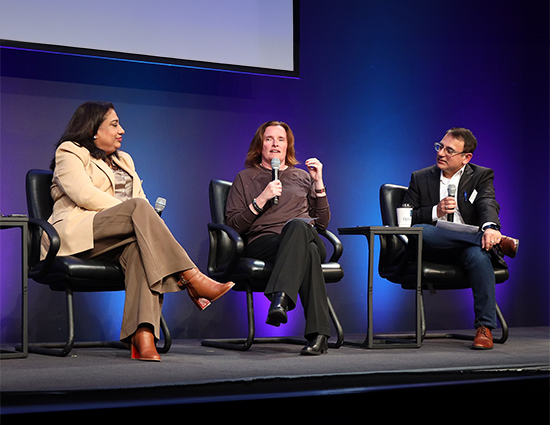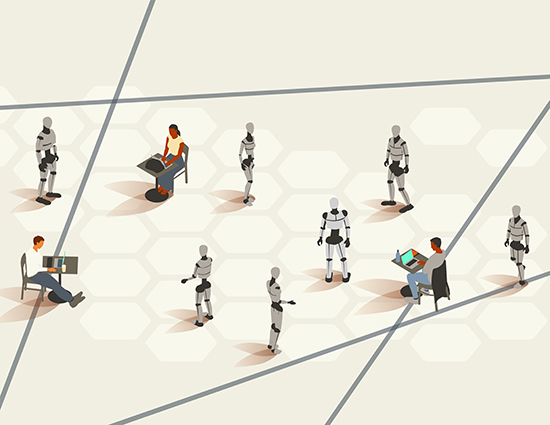Insights
From stratospheric antennas to implantable bio-sensors, from the thermodynamics of carbon capture to quantum technology and AI-designed biology, we use deep tech to challenge and change the status quo.
Read our latest research and insights to help you see beyond the innovation hype and find out how emerging technologies are solving important business problems.

Transforming deep tech into real tech to grow the space economy

CC in Conversation with Cambridge Science Centre

The energy grid is transforming – it’s time for a new system of distribution management and control

Human-robot interaction and the future of physical AI

What does ‘fast enough’ mean in primary care antibiotic prescribing?

Seizing the AI advantage through physical, humanoid robotics

First-mover advantage: The 5 deep tech areas driving long-term telecoms growth

Our Cloud Energy interoperability platform could help propel the global transition to low carbon technologies


